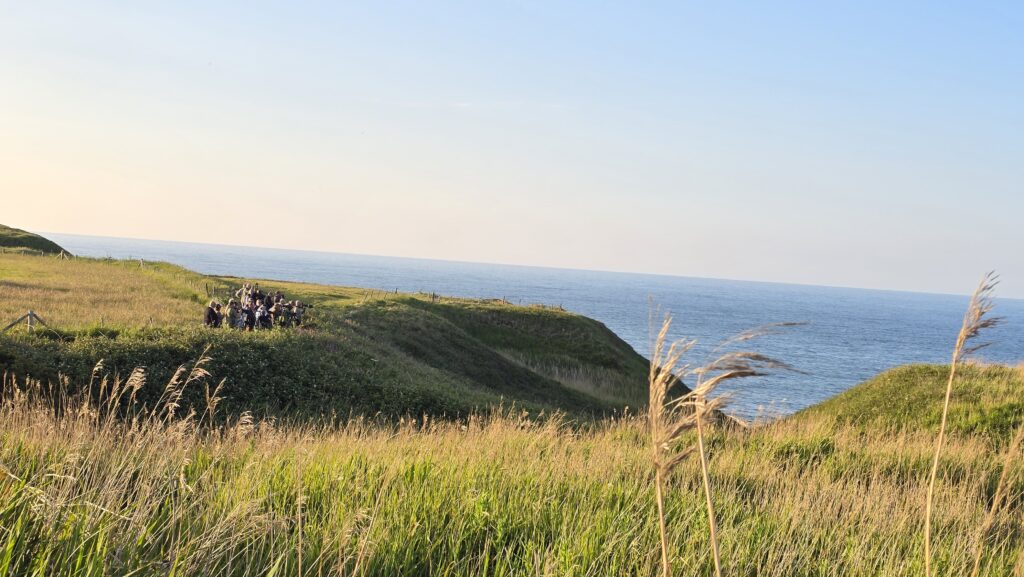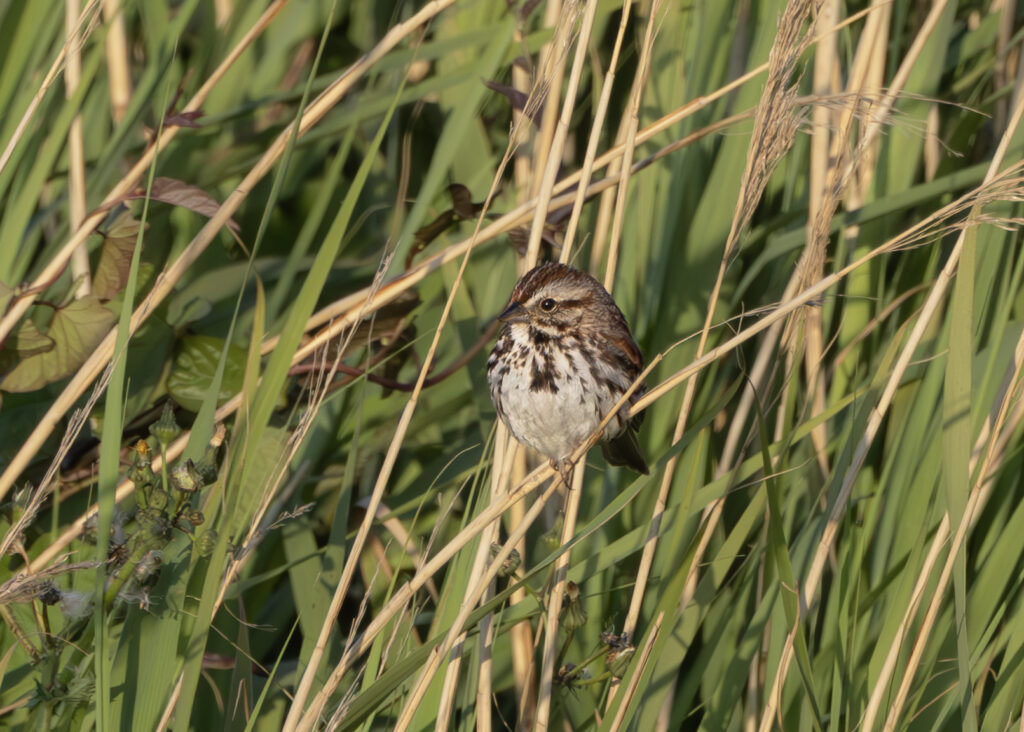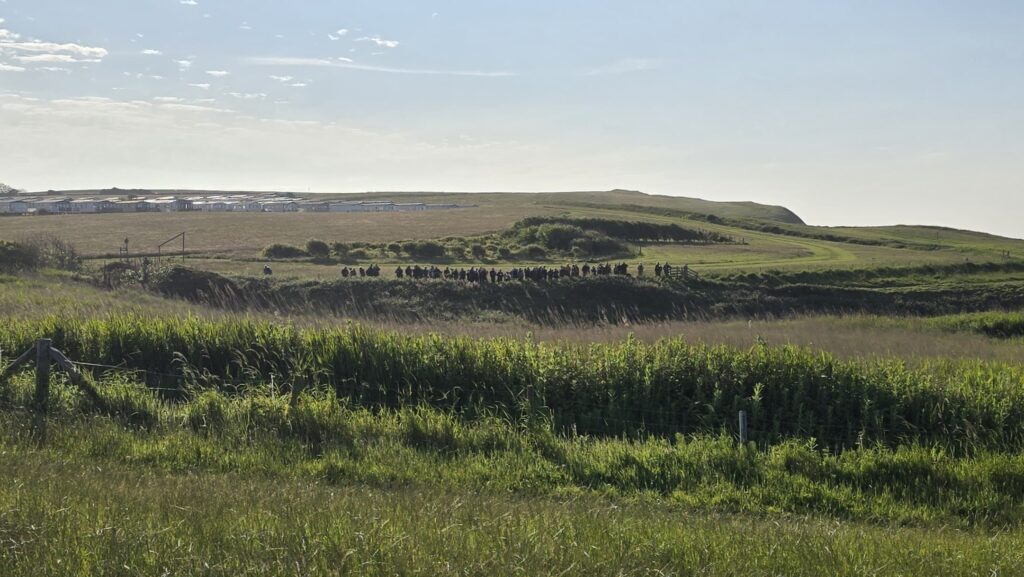From a birder’s perspective, the British Isles is in a unique position for bird’s migrating. Whether that means these islands are a stop-over before moving on to new breeding grounds or wintering regions, the other and more interesting aspect is bird’s that have deviated off their normal migration route and end up here. This can be down to factors including weather, where winds have blown these birds off-course because of weather systems or due to a flaw in their internal navigation system. The term we give to bird’s that arrive in Britian like this is, vagrants. These usually involve species that rarely occur here.
This is where the buzz and excitement of twitching takes place, sometimes a phrase that is given a bad name where you hear news articles of birders “flocking” to see a rare bird, usually in a suburban garden. But this is not always the case, twitching is simply where you go out of your way to see a specific species. By that simple logic, if you drive to see Ospreys at Rutland, visit Nightjars on your local heathland or visit a reedbed to see Bitterns. You are twitching.

On the 8th of June, late into the Sunday evening news broke through bird news services and WhatsApp groups that a Song Sparrow had been seen earlier in the day on the Yorkshire east coast, at Flamborough. This is an American Sparrow species which more resembles the Buntings we see here in the UK and with less that fifteen records this was a huge rarity here in the UK. Most records have been on islands off Scotland or Wales, where it becomes hard to visit logistically. Which made this sighting even more rare because it was on the mainland, making it accessible to most birders given the last sighting on the mainland was in 1994!
Several birders went the following day, but there was no sign despite people scanning the area from dawn till dusk. It looked like the bird had already moved on. News then broke early hours of the 10th of June that the bird was still present, this brought not only excitement but also the nerves as to whether this bird would now stay. As the hours passed, my phone kept pinging off left, right and centre as the bird was still showing. Soon as work finished, straight into the car then picking up a mate before making the 2 ½ hour journey north which is where the adrenaline kicked in. With rush hour mixed in with the roads of Yorkshire, we would not be arriving until 7pm. Despite sunset not being till 9.30pm, this was cutting it fine as to when would this bird go to roost. As the miles crawled by, each report ramped up the adrenaline and the nerves. Once parked, came over the crest of the hill to see around 60 birders peering across the gully with binoculars, cameras and spotting scopes but to our dismay it’d just showed very well for the first time in an hour and quickly dived into cover, only praying this bird hadn’t gone to roost and we hadn’t missed it by a couple of minutes.

As the bird had just been seen, most birders were no longer watching and looking at their photos instead. This did not matter when just a few minutes later, a voice called out “it’s back up, on the nettles by the pink flowers.” Suddenly all that, adrenaline, nerves, and stress was all worth it. There sat just thirty metres from us, in the golden light was the Song Sparrow. Seeing the chestnut head, with the central stripe made for quite a stunning bird despite being subtle. The bird happily perched up for several minutes before flying down the gulley, chasing off a Goldfinch, giving a small blast of song before disappearing for an hour. Nearing sunset the bird showed well once again, more at eye level were its beauty could be seen, and better photos were attained.
This is the beauty with twitching, it is the thrill, the excitement but with that comes the disappointment when you miss or “dip” the bird. As at the end of the day, birds have wings… and they can fly off whenever, back in 2024 I had my fair share of dipping rare birds to the UK. Which made this even sweeter.
The eBird checklist is attached to this link, where more photos can be found – eBird Song Sparrow checklist.
